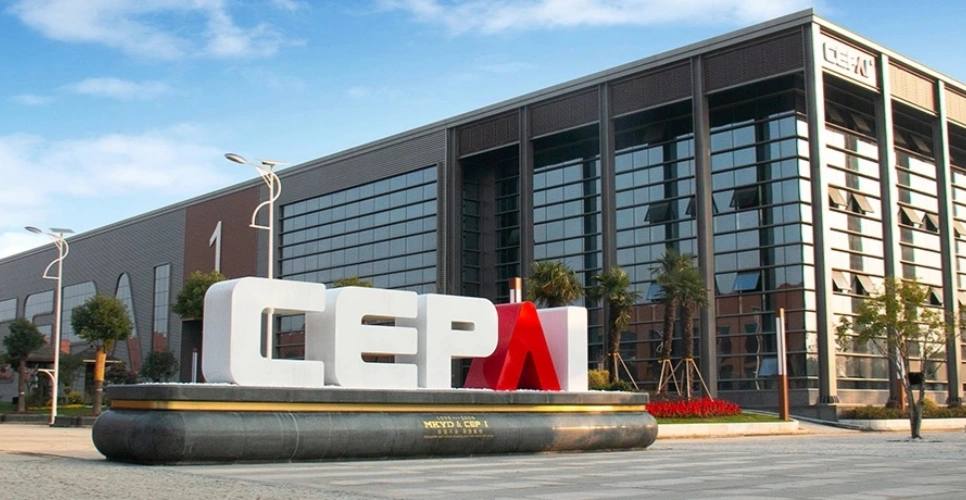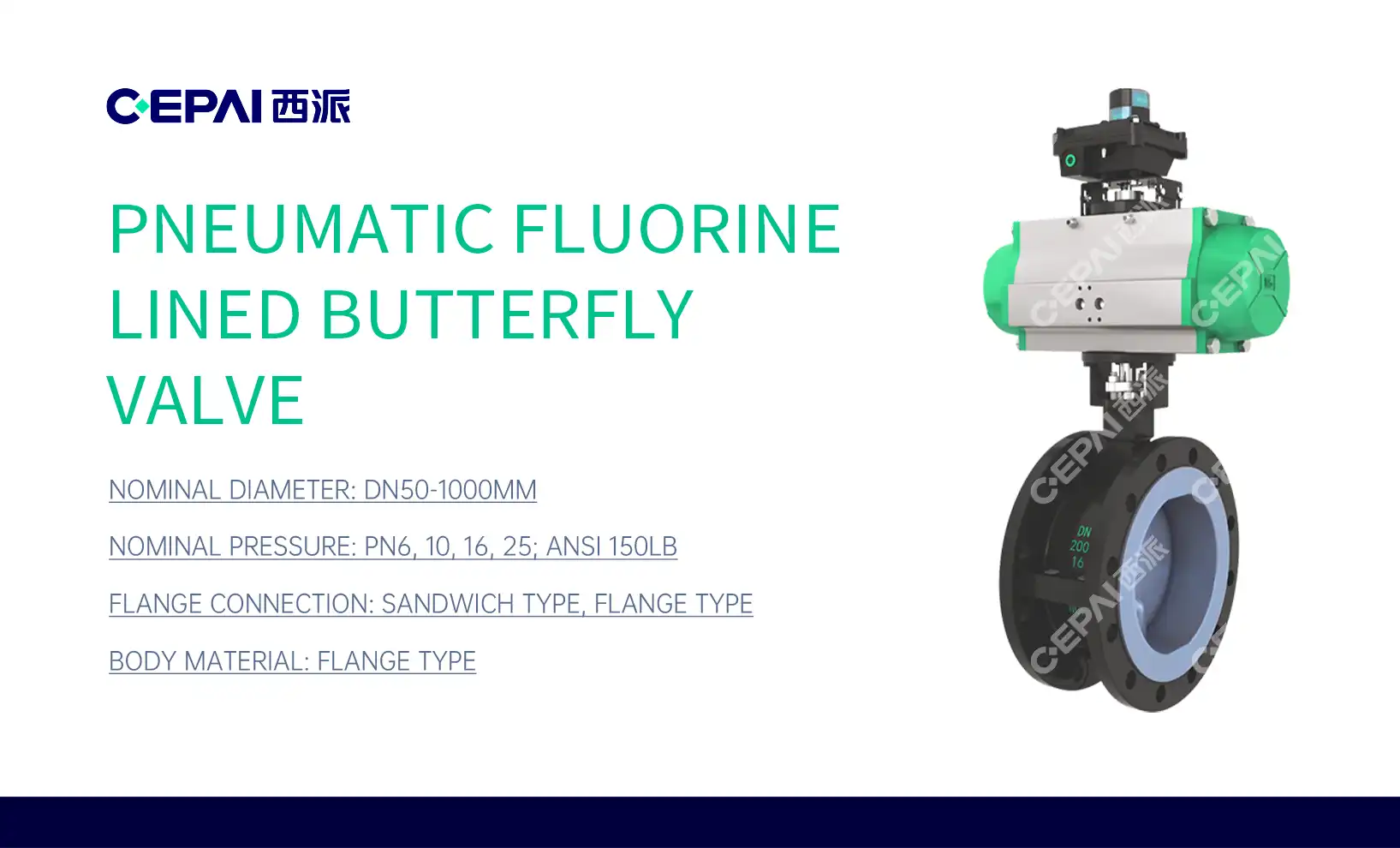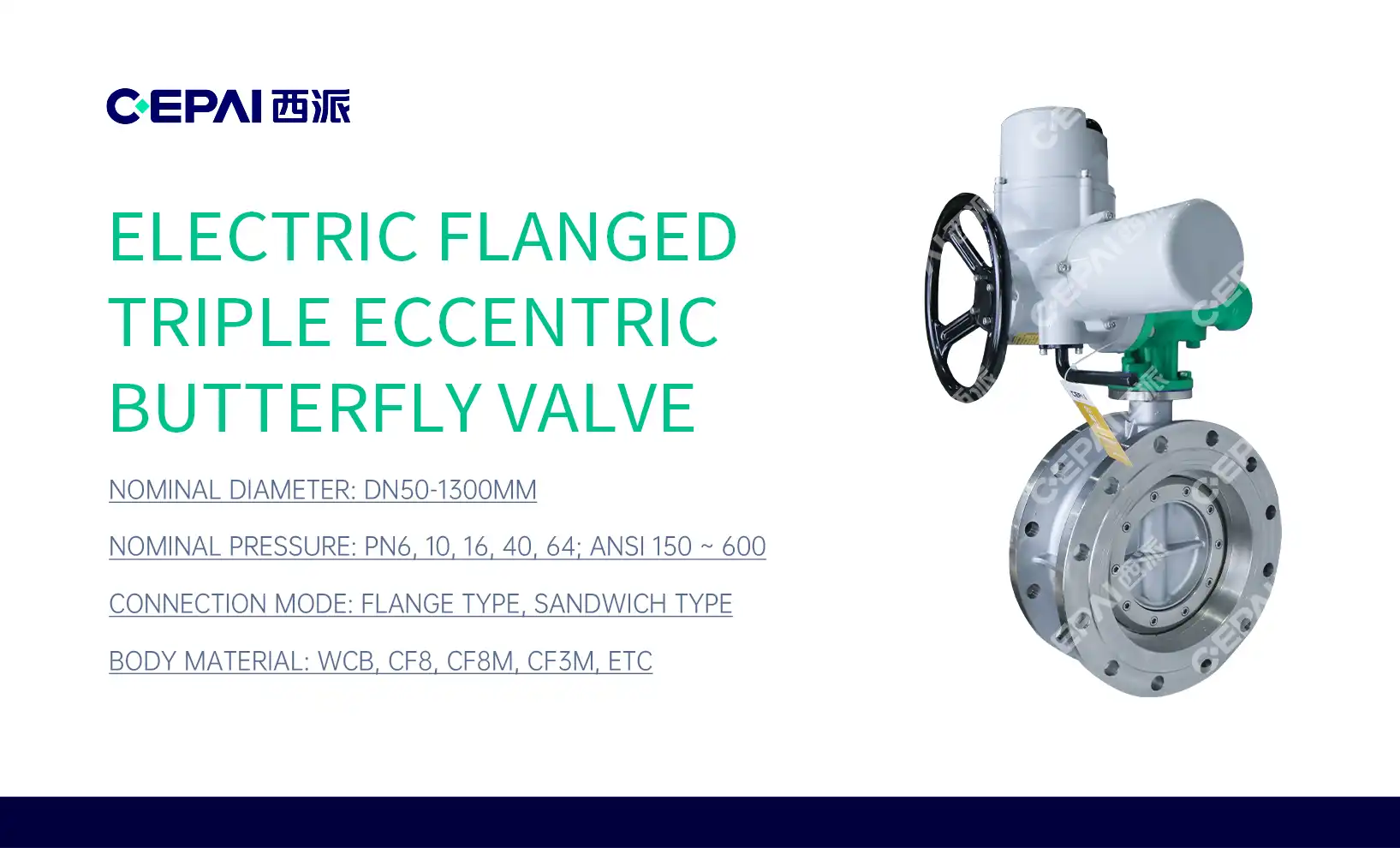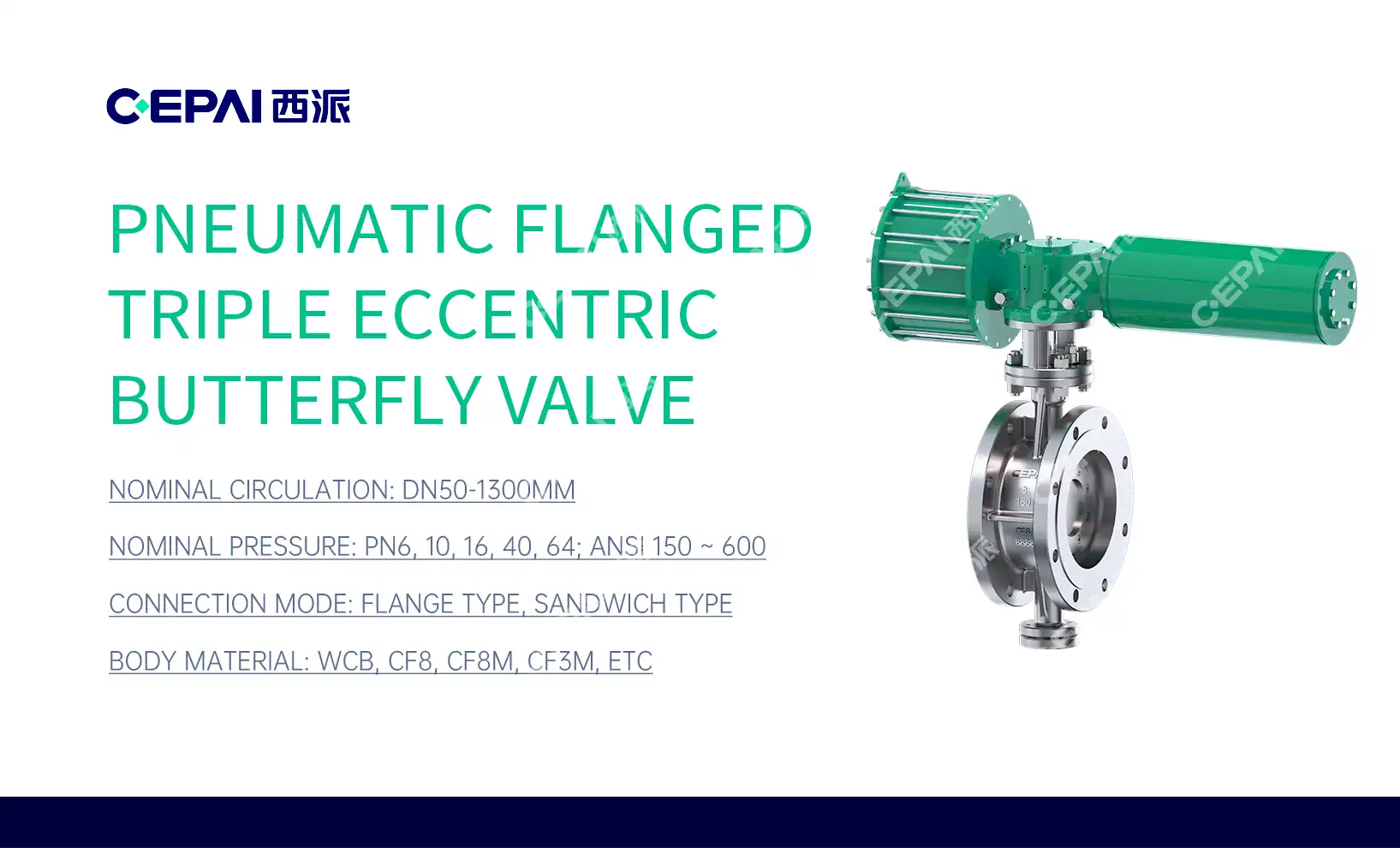Stainless Steel Ball Valve vs Brass Ball Valve: Key Differences
When it comes to selecting the right ball valve for your industrial application, understanding the key differences between stainless steel and brass ball valves is crucial. Both types of valves have their unique properties and advantages, making them suitable for different environments and purposes. Stainless steel ball valves are known for their exceptional corrosion resistance, durability, and ability to withstand high temperatures and pressures. On the other hand, brass ball valves are valued for their cost-effectiveness, ease of machining, and natural antimicrobial properties. This article will delve into the critical distinctions between these two valve materials, helping you make an informed decision for your specific needs in the oil and gas industry or other industrial applications.

Material Composition and Properties
Stainless Steel Ball Valve Composition
Stainless steel ball valves are manufactured from an alloy primarily consisting of iron, chromium, and smaller amounts of elements such as nickel, molybdenum, or manganese. The chromium content, which generally ranges from 10.5% to 30%, creates a thin, stable chromium oxide layer on the surface, protecting the material against oxidation and corrosion. This robust composition ensures excellent durability, resistance to rust, and the ability to withstand aggressive chemicals, high pressure, and extreme environments, making stainless steel ball valves highly reliable in industrial and marine applications.
Brass Ball Valve Composition
Stainless steel ball valve are made from an alloy of copper and zinc, with copper usually accounting for 60% to 85% of the composition and zinc making up the rest. Depending on the type of brass used, small amounts of lead, aluminum, or tin may also be added to improve machinability and performance. This composition provides brass with its characteristic golden appearance, good malleability, and moderate corrosion resistance. Brass ball valves are particularly valued for their ease of manufacturing, cost-effectiveness, and versatility in residential and commercial plumbing systems.
Comparative Analysis of Material Properties
When evaluating stainless steel and brass ball valves, distinct differences in material properties become apparent. Stainless steel demonstrates superior tensile strength, typically between 515 and 827 MPa, compared to brass, which ranges from 200 to 600 MPa. Its significantly higher melting point, around 1400–1450°C versus 900–940°C for brass, allows stainless steel to perform in high-temperature conditions. Brass, however, has a slightly lower density (8.4–8.7 g/cm³) than stainless steel (7.8–8.0 g/cm³), making it advantageous in lighter-weight installations where ease of handling and reduced material costs are priorities.
Performance in Various Environments
Corrosion Resistance
Stainless steel ball valves excel in corrosion resistance due to their chromium content, which forms a self-healing protective layer. This makes them ideal for use in highly corrosive environments, such as offshore oil rigs or chemical processing plants. They can withstand exposure to saltwater, acids, and other corrosive substances without significant degradation. Brass ball valves, while offering some corrosion resistance, are more susceptible to dezincification in certain environments, particularly those with high chloride content or acidic conditions. However, they perform well in less aggressive settings and are often used in residential and commercial plumbing systems.
Temperature and Pressure Tolerance
The temperature and pressure tolerance of ball valves is a critical factor in many industrial applications. Stainless steel ball valves typically have a higher temperature rating, often capable of operating in environments up to 800°F (427°C) or higher, depending on the specific grade of stainless steel used. They also excel in high-pressure applications, with some models rated for pressures exceeding 10,000 PSI. Brass ball valves, while suitable for many common applications, generally have lower temperature and pressure ratings. They are typically used in systems with temperatures up to 400°F (204°C) and pressures up to 600 PSI, making them more suitable for moderate-duty applications.
Chemical Compatibility
Chemical compatibility is another crucial aspect when selecting between stainless steel and brass ball valves. Stainless steel offers excellent resistance to a wide range of chemicals, including acids, alkalis, and organic compounds. This broad chemical compatibility makes stainless steel ball valves suitable for use in diverse industries, from petrochemical processing to food and beverage production. Brass ball valves, while resistant to many common chemicals, can be vulnerable to certain substances. They may experience accelerated corrosion when exposed to ammonia, acetylene, or chlorinated hydrocarbons. However, brass valves perform exceptionally well with steam and neutral or slightly alkaline solutions, making them popular in HVAC systems and water distribution networks.
Application-Specific Considerations
Industrial and Process Applications
In industrial and process applications, the choice between stainless steel and brass ball valves often depends on the specific requirements of the system. Stainless steel ball valves are frequently preferred in oil and gas exploration, chemical processing, and pharmaceutical manufacturing due to their superior corrosion resistance and ability to withstand extreme conditions. They are particularly valuable in applications involving aggressive chemicals, high temperatures, or high pressures. For instance, in offshore drilling operations, stainless steel ball valves are crucial components in subsea systems, where they must resist corrosion from seawater and withstand immense pressures.
Plumbing and HVAC Systems
In plumbing and HVAC systems, both stainless steel and brass ball valves have their place, but brass often takes the lead due to its cost-effectiveness and suitability for these applications. Brass ball valves are widely used in residential and commercial plumbing systems for water distribution, owing to their natural resistance to bacterial growth and compatibility with potable water. In HVAC systems, brass valves are commonly employed in coolant lines and steam systems, where their thermal conductivity and resistance to dezincification are advantageous. However, stainless steel ball valves may be preferred in high-end or specialized HVAC applications, particularly where corrosion resistance or longevity is a primary concern.

Food and Beverage Industry
The food and beverage industry has stringent requirements for valve materials due to hygiene and safety concerns. Stainless steel ball valves are often the material of choice in this sector due to their excellent sanitary properties. They are non-porous, easy to clean, and resistant to bacterial growth, making them ideal for applications in dairy processing, brewing, and food manufacturing. Stainless steel's ability to withstand frequent cleaning and sterilization processes without degradation is particularly valuable in maintaining the integrity of food and beverage production lines. While brass ball valves are sometimes used in less critical areas of food processing facilities, their use is generally limited due to concerns about metal leaching and potential contamination.
Conclusion
In conclusion, the choice between stainless steel and brass ball valves depends on the specific requirements of your application. Stainless steel ball valves offer superior corrosion resistance, higher temperature and pressure ratings, and excellent chemical compatibility, making them ideal for harsh industrial environments and critical processes. Brass ball valves, while less robust, provide cost-effective solutions for moderate-duty applications, particularly in plumbing and HVAC systems. By carefully considering factors such as operating conditions, chemical exposure, and long-term performance requirements, you can select the most appropriate valve material for your needs, ensuring optimal system performance and longevity.
FAQs
1. What are the main advantages of stainless steel ball valves?
Stainless steel ball valves offer superior corrosion resistance, high temperature and pressure tolerance, and excellent chemical compatibility.
2. When should I choose a brass ball valve?
Brass ball valves are ideal for moderate-duty applications, especially in plumbing and HVAC systems, where cost-effectiveness and natural antimicrobial properties are important.
3. Can stainless steel ball valves be used in food processing?
Yes, stainless steel ball valves are highly suitable for food processing due to their sanitary properties, ease of cleaning, and resistance to bacterial growth.
4. Are brass ball valves suitable for high-pressure applications?
While brass ball valves can handle moderate pressures, they are generally not recommended for high-pressure applications where stainless steel valves would be more appropriate.
Choose the Right Ball Valve for Your Industrial Needs | CEPAI
At CEPAI Group, we understand the critical role that high-quality ball valves play in industrial automation and safety. As a leading stainless steel ball valves manufacturer and supplier, we offer superior products designed to meet the most demanding requirements of the oil and gas industry. Our commitment to quality is reflected in our ISO-certified manufacturing processes and rigorous testing procedures. Whether you need valves for high-pressure applications, corrosive environments, or sanitary processes, CEPAI has the expertise and products to meet your needs. Contact us at cepai@cepai.com to discuss your specific requirements and find the perfect ball valve solution for your project.

References
Smith, J. (2021). "Materials Science in Valve Design: Comparing Stainless Steel and Brass." Journal of Industrial Engineering, 45(3), 278-295.
Johnson, A., & Brown, T. (2020). "Corrosion Resistance of Ball Valves in Petrochemical Applications." Chemical Engineering Quarterly, 18(2), 112-127.
Lee, S., et al. (2022). "Performance Analysis of Stainless Steel and Brass Ball Valves in High-Temperature Environments." International Journal of Thermal Sciences, 173, 107384.
Garcia, M. (2019). "Selection Criteria for Ball Valves in Food Processing Industries." Food Engineering Review, 11(4), 259-274.
Thompson, R., & Davis, K. (2021). "Comparative Study of Ball Valve Materials in HVAC Systems." ASHRAE Journal, 63(9), 14-22.
Wilson, E. (2020). "Longevity and Maintenance of Industrial Ball Valves: A Material Perspective." Maintenance Engineering Handbook, 5th Edition, McGraw-Hill Education.

Get professional pre-sales technical consultation and valve selection services, customized solution services.

About CEPAI


